Hidden on the side of a busy road on Central Delhi’s Ambedkar Marg, adjacent to Jhandewalan Metro Station, is this treatise on tribes in India or the Delhi Tribal Museum. You can look for the life-size images including one of Gandhi Ji, on top of a building to identify this building.
Thakkar Baba Smarak Sadan
The building is officially called Thakkar Baba Smarak Sadan in memory of the person who started this movement under the guidance of Mahatma Gandhi. As you see the building, you would see a Warli painting in pale orange.
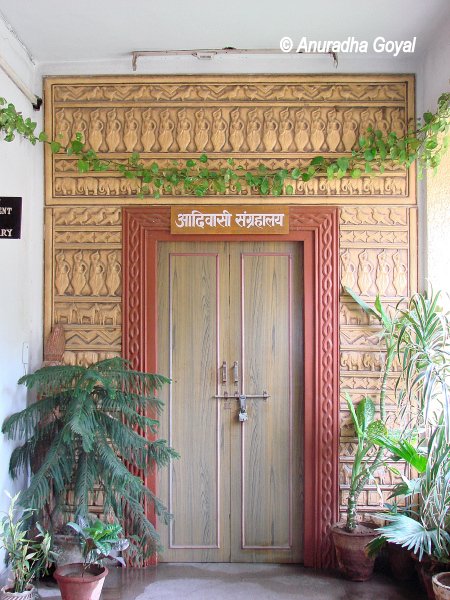
And wall murals of lots of tribal couples. Stand back and try and see the facial expressions of these murals, which at first look may not look very attractive owing to bad maintenance. You may need to brave the dirty water flowing everywhere to reach the museum stairs. Tribal Museum upstairs has been decently maintained, though.
Visit Delhi Tribal Museum
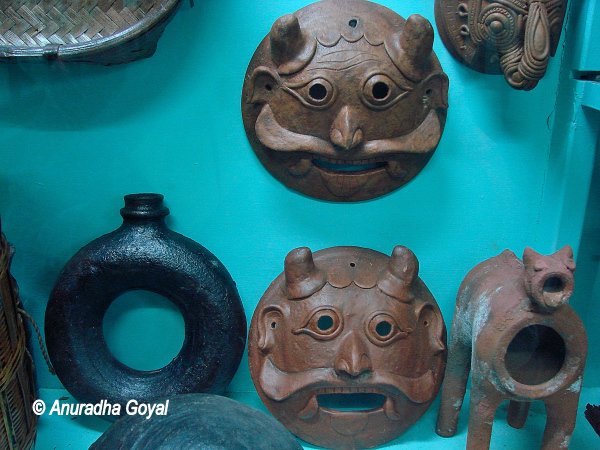
Tribal or Adivasi is a term used for describing the Aboriginals of India. Living in small pockets across the country. They now form such a small minority that they almost need to be protected. Most Adivasis live in remote and usually geographically isolated areas. Follow their own distinct culture, law, and ethics. And maintain minimal contact with the outside world. Their world is self-contained in them.
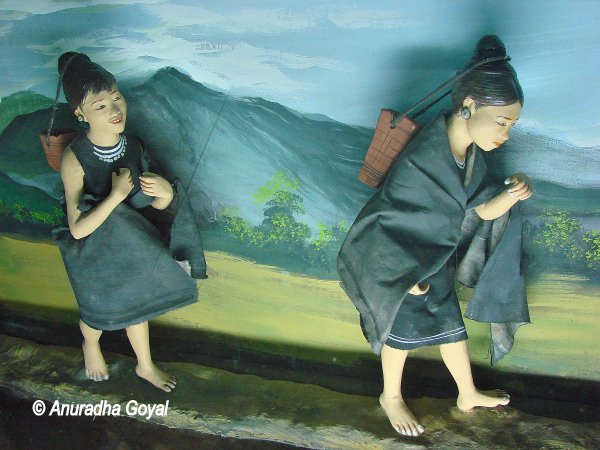
Bhartiya Aadam Jaati Sevak Sangh, an umbrella NGO works with various other smaller NGOs. Who in turn work with these tribes and try to integrate them with the rest of the population. A museum and an extensive library have been set up by this organization which serves as a reference point for all the information required on tribes in India. Library houses more than 6000 titles. All on tribes of India and the sub-continent. I was told by the manager that a lot of research scholars come and study here.

Museum Halls
Museum has 4 halls and a corridor making an attempt to bring the tribal life alive for visitors. A plant-lined corridor takes you to the museum entrance which has traditional murals on all its sides. The long corridor shows the dioramas of various tribes through important life events like festivals, acts of animal sacrifice, marriages, and polling during elections.
On the other side, there is a collection of garments from various tribes. Showcasing the colors, weaves, and patterns they use. Three doors from the corridor will lead you to three rooms that showcase the artifacts and items of everyday use. There are garments, masks, jewelry, and arms like arrows. Axes and Bhallas, stone tools, hunting gear, jars, and bundles of medicines or Jadi Bootis were used. Bamboo articles, household items, musical instruments like Nagaras and flutes and dholak. And Chab, bags, ropes. If you imagine those items in use, you can have a mental picture of the life of a Tribal.
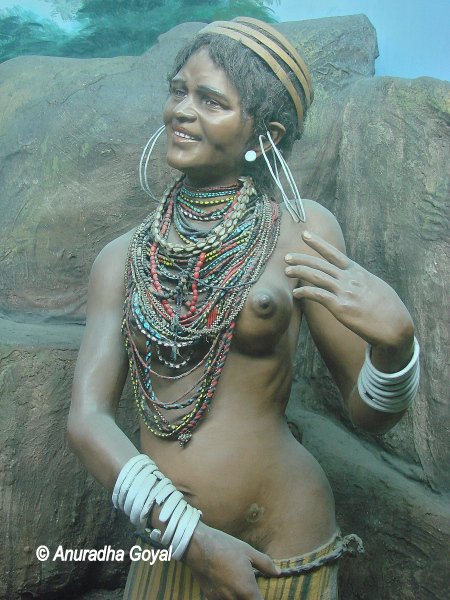
The everyday life of Tribals
One of the halls shows small-sized dioramas depicting the everyday life of various tribes. Through their natural environment, their garments, their homes, and their day-to-day activities. Interestingly a lot of them show women working with their infants tied around them. They weave, they make ropes, they cook, they dance, they play, they love, they bond, they flirt, they farm, they sell and they at times dress only using extensive jewelry.
Life-size Dioramas at Delhi Tribal Museum
Post the corridor there is a bigger hall that has life-size dioramas. Depicting more clearly the nuances of each of the tribes, their garments, and their expressions. The expressions on each of the figures have been carved out so well that they almost look alive. But for the paint falling off their faces. There are tribes from Himachal, MP, UP, Rajasthan, Kerala, North East, Gujarat, and Andhra. Try and guess which one is from where it is not too difficult. Here you would admire the simplicity of tribal life which is yet to be corrupted by the consumerist culture.
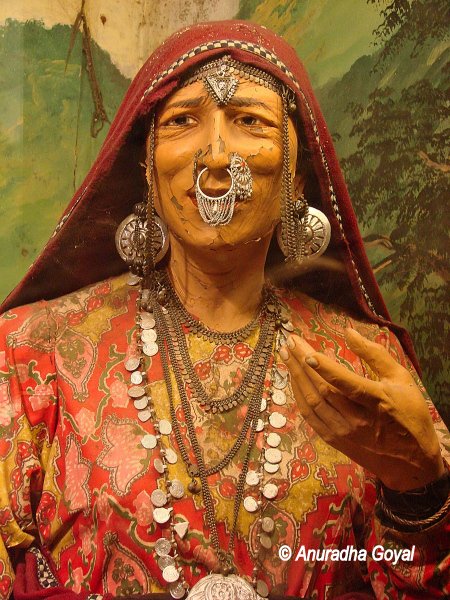
The manager of the museum will happily describe the place to you along with its history and the activities of the NGO. There are not many visitors to this place. But I am sure it can do better with a bit of publicity or campaigns.
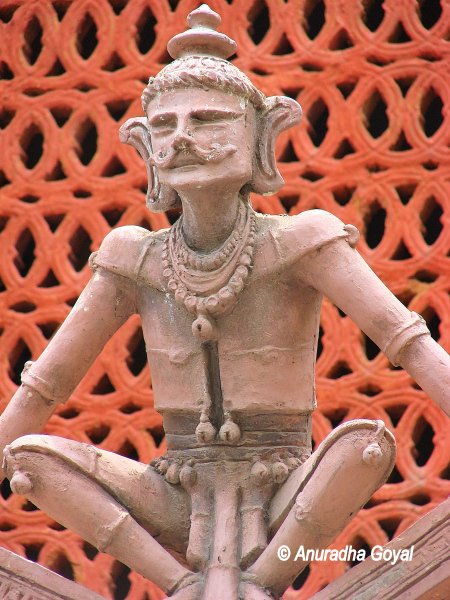
I enjoyed this visit to the museum. Since there were no other visitors, we had the whole museum to us for a couple of hours that we were there. I wish there are more visitors to keep this place alive.
Recommend you to read the following travel blog on Places to visit in Delhi.
Walk through the Aromas of Khari Baoli
Walking on the walls of Lal Kot






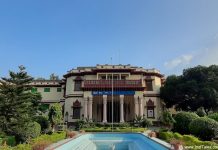







I never knew something like this existed in Jhandewalan and i must have crossed it thousands of times when i was in Delhi!
Thank you for sharing this I will check it out next time I am there for sure!
I visited Tribal’s Museum last month (October 2010). It is an excellent collection. Needs publicity and funds for better preserving India’s rich tribal tradition. The library is a gem, too. The personnel are friendly and hospitable. An oasis of joy in the capital. Brilliant! Worth visiting.